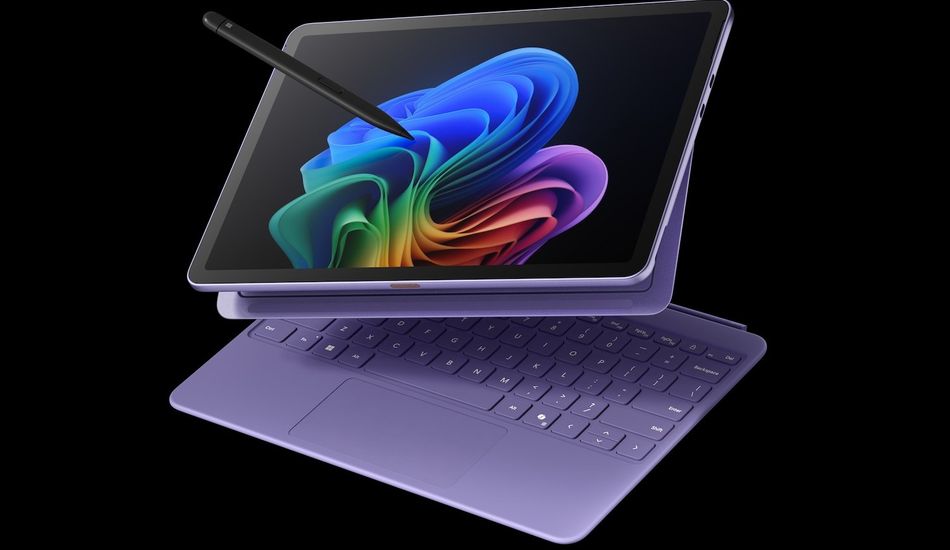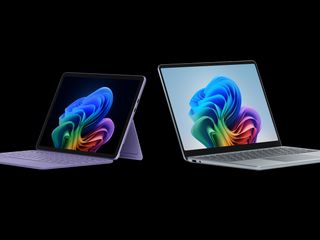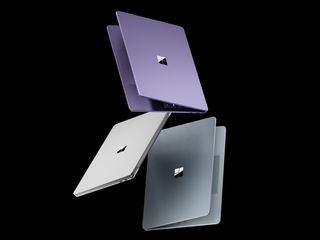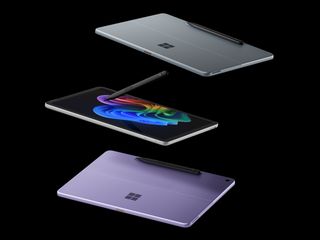
Microsoft's Updated Surface Pro and Laptop
Microsoft has unveiled updates to its Surface Pro and Surface Laptop lines, focusing on delivering powerful performance at more accessible price points. The new models represent a strategic shift towards affordability without sacrificing too much in terms of features.
The New Surface Pro 12: A Lighter, More Portable Experience
The Surface Pro 12, priced at $800, boasts a 12-inch display (2196 x 1464), a reduction from its predecessor's 13-inch screen. However, this smaller form factor results in a significantly lighter device, weighing in at just 1.5 pounds—a noticeable improvement over the previous generation's two pounds. While a keyboard is sold separately, the integrated kickstand and a convenient stylus slot on the back enhance usability. Notably, the device now exclusively uses a USB-C port, replacing the legacy Surface Connect port. Battery life is estimated at around 12 hours.
Surface Laptop 13: Slimmer and More Powerful
The Surface Laptop 13, starting at $900, features a 13-inch touchscreen (1920 x 1280) in a traditional clamshell design. Both the Surface Pro 12 and the Surface Laptop 13 are powered by Qualcomm's Snapdragon X Plus chip, which Microsoft claims offers a 30% performance improvement over its Intel counterpart in the 2022 Surface Laptop and competitive performance against certain Apple MacBook Air models. Both devices offer 16GB of RAM and 256GB of storage at their base configurations. Microsoft highlights the chip's improved battery life, which is estimated at approximately 16 hours for the laptop.
Design and Color Options
The new Surface Pro sports a striking violet color option, alongside the classic platinum and a blue-ish silver "ocean" color. Both the Surface Pro 12 and Surface Laptop 13 are available in similar color palettes.
A Calculated Risk: The Omission of Intel and Surface Connect
A significant change is the exclusive use of Qualcomm's ARM-based processors. While offering benefits in battery life, this move might impact software compatibility and performance in specific applications. The removal of the Surface Connect port, replaced by USB-C, is also a noteworthy alteration. Microsoft's decision to continue selling older models suggests an awareness of potential concerns related to these changes.
The Future of the Surface Lineup
The pricing of the new Surface devices remains competitive, although the impact of potential tariffs is uncertain. Microsoft’s move represents a calculated risk. Offering increased affordability and improved portability while transitioning away from some established design features is a significant step for the company and an interesting development to watch in the competitive laptop and tablet market.
Source: Gizmodo



